Related Research Articles

William Light, also known as Colonel Light, was a British-Malayan naval and army officer. He was the first Surveyor-General of the new British Province of South Australia, known for choosing the site of the colony's capital, Adelaide, and for designing the layout of its streets, six city squares, gardens and the figure-eight Adelaide Park Lands, in a plan later sometimes referred to as Light's Vision.
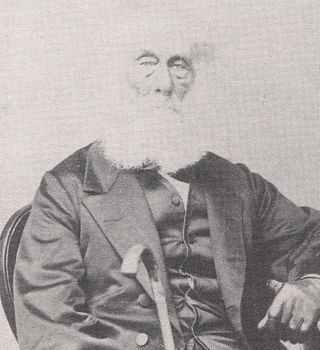
William Field Porter was a ship owner from Liverpool, who migrated to South Australia in 1838. He relocated to Auckland in 1841, where he became a member of the New Zealand Parliament.

Port Adelaide is a port-side region of Adelaide, approximately 14 kilometres (8.7 mi) northwest of the Adelaide CBD. It is also the namesake of the City of Port Adelaide Enfield council, a suburb, a federal and state electoral division and is the main port for the city of Adelaide. Port Adelaide played an important role in the formative decades of Adelaide and South Australia, with the port being early Adelaide's main supply and information link to the rest of the world. Its Kaurna name, although not officially adopted as a dual name, is Yartapuulti.
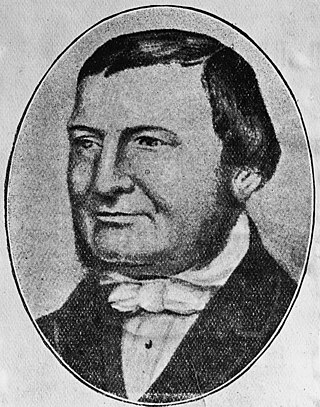
August Ludwig Christian Kavel was a founder of Lutheranism in Australia.
Prince George was launched in 1828 at Newcastle upon Tyne. She was an East Indiaman, initially sailing under a license from the British East India Company (EIC). She made two voyages to South Australia, carrying 200 Prussian immigrants on the first. She was wrecked in July 1841 near Hong Kong.
Bengalee was a three-masted merchant barque built in 1837 at Dumbarton. She first appeared in Lloyd's Register (LR) in 1838 with Hamlin, master, Hamlin and Company, of Greenock, owners, and trade Clyde–Calcutta. Captain Thomas Hamlin did not allow the consumption of alcohol on his ship, thus it was known as a temperance ship.
The Zebra was a three-masted ship, built in 1818. On 12 August 1838, Zebra, Dirk Meinerts Hahn, master, departed from Altona, Hamburg on a voyage to Port Misery, South Australia. The ship arrived at its destination on 28 December 1838. On board was a crew of 16 and 188 passengers with their belongings. In addition, the ship carried 100 barrels of pork, 100 barrels of flour, 65 barrels of fresh water, 17 hogsheads of beer and vinegar, 14 barrels of herrings, two boxes of boots and 40,924 bricks.
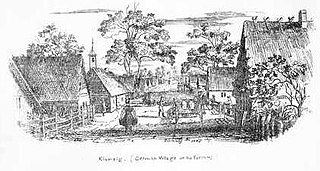
German settlement in Australia began in large numbers in 1838, with the arrival of immigrants from Prussia to Adelaide, in the then colony of South Australia. German immigrants became prominent in settling South Australia and Queensland. From 1850 until World War I, German settlers and their descendants comprised the largest non-British or Irish group of Europeans in Australia.

Johann Friedrich Krummnow was a German-born settler in Australia. He arrived in South Australia in 1839 and in 1852 he founded a community named Herrnhut located near Penshurst in western Victoria. This was Australia's first intentional community based on the principles of shared property and fervent prayer. Krummnow died at Herrnhut in October 1880.

Gumeracha is a town in the Adelaide Hills, South Australia, located on the Adelaide-Mannum Road. It is located in the Adelaide Hills Council local government area on the south bank of the upper River Torrens. At the 2006 census, Gumeracha had a population of 731.
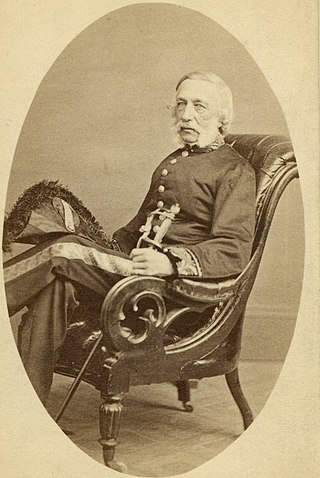
William Wyatt was an early settler and philanthropist in South Australia. He was the third interim Protector of Aborigines in the colony between 1837 and 1839, worked on documenting the Kaurna language of the local Australian Aboriginal inhabitants of Adelaide and was a member of many boards, involved with fields as diverse as education, medicine and horticulture.

Klemzig is a suburb of Adelaide in the City of Port Adelaide Enfield. It was the first settlement of German immigrants in Australia and was named after the village of Klemzig in what was then German Prussia and is now Klępsk in western Poland.

Sir John Morphett was a South Australian pioneer, landowner and politician. His younger brother George Morphett was also an early settler in South Australia.

Hindmarsh is an inner suburb of Adelaide, South Australia. It is located in the City of Charles Sturt.

Robert Cock was one of the first European explorers of the Adelaide region of South Australia following the establishment of the colony in December 1836.
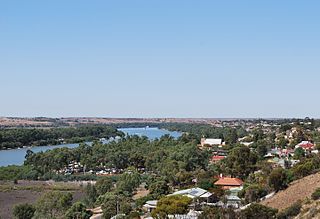
Mannum is a historic town on the west bank of the Murray River in South Australia, 84 kilometres (52 mi) east of Adelaide. Mannum is the seat of the Mid Murray Council, and is situated in the state electoral district of Hammond and the federal Division of Barker.
The South Australian was a newspaper published in Adelaide, the capital of colonial South Australia from 2 June 1838 to 19 August 1851. Between 1838 and 1844, it was published as The Southern Australian.
William Henry Shephard was an early colonist of South Australia.
John Hill was an English explorer of South Australia and part of the European exploration of Australia. Hill was the first European to see and traverse the Clare Valley.

Raukkan is an Australian Aboriginal community situated on the south-eastern shore of Lake Alexandrina in the locality of Narrung, 80 kilometres (50 mi) southeast of the centre of South Australia's capital, Adelaide. Raukkan is "regarded as the home and heartland of Ngarrindjeri country."
References
- 1 2 Nutting, David (2001). "J. F. Krummnow". Teachers on the Web. Retrieved 31 October 2012.